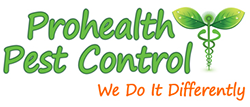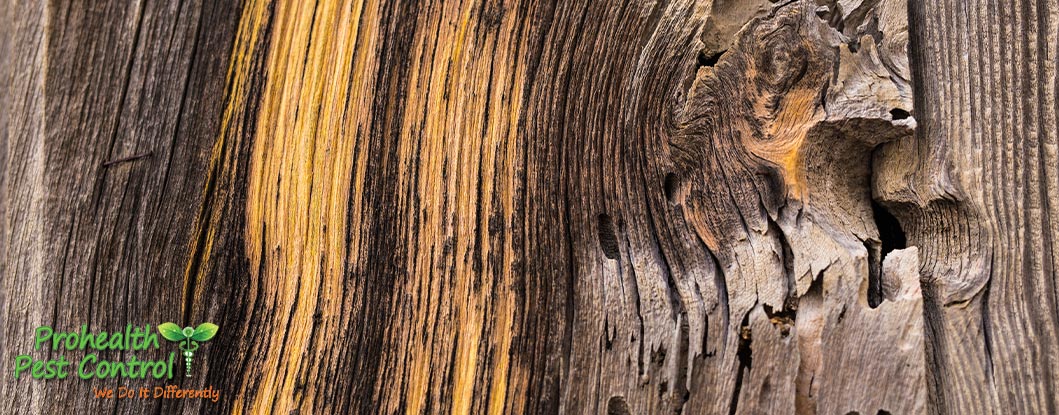Facts about termites every homeowner should know.
Termites are one of the biggest threats to the safety of your home. The tropical climate in Florida allows these insects to thrive. Without the right interventions, a small infestation can quickly take over your entire property.
Termite control in Clearwater requires a thorough understanding of how these insects live, breed, and respond to environmental elements. These interesting facts about termites will help you understand the importance of working with a professional service to rid your home or commercial building from these harmful invaders.
Facts About Termites: How Termites Live
Termites are wood-loving creatures that slowly consume the interior of your walls and structures. These facts about their lifestyle contain clues that help property owners understand how these insects can create such extensive damage in a short time.
- Termites do not sleep. During the typical one to three-year life cycle of a termite, they spend 24 hours each day eating, working, and breeding.
- There are several species of termites. Some prefer to build their colonies in the dirt, creating mounds similar to anthills. Others look for logs or other wood sources for food and shelter.
- Like bees and ants, termites are eusocial. Each insect has an assigned role in the colony’s daily work. Worker termites are the variation that causes the most damage. They consume the cellulose contained in wood and bring it back to feed their entire colony.
Termites are organized, dedicated to their colonies, and can adapt to different environments rapidly. These adaptations make them a special challenge for pest control specialists.
Habits and Preferences
The peculiar habits of termites express their intelligence, making them a formidable foe for property owners to deal with.
- Hygiene is an important part of termite colony life. Colony members spend a great deal of time grooming each other. This prevents the spread of contagious diseases that could compromise the entire colony.
- Termites use pheromones to communicate with each other. The pheromones exude from their chests and communicate information like the location of food sources, enemies in the area, and work instructions.
- A sensory organ located near the termite’s antennae allows termites to use vibrations to visualize the internal structure of a potential food source. Termites can also use vibrations to communicate with colony mates.
Termites use their abilities to determine the actions that best benefit their colonies.
All About the Queen
The queen is the center of colony life. Her multifaceted role ensures the long-term survival of her offspring.
- Termite queens are prolific breeders. In some species, she can lay up to 40,000 eggs each day.
- Unlike her short-lived spawn, the queen can live between 30 and 50 years.
- The queen produces pheromones that dictate each new bug’s designated role in the colony. These pheromones are combined with her feces and fed to growing bugs.
Like most eusocial insects, the colony expends a great deal of energy caring for and protecting the queen.
Get the Facts About Termites from ProHealth Pest Control
Termites are fascinating creatures. However, their destructive habits make them a dangerous nuisance. Free yourself from termite infestations with professional services from Prohealth Pest Control. Our pest control team provides residential pest control and commercial pest control services. We focus on using organic pest control services to effectively eliminate insects and other assorted pests from your property. Contact us at 727-308-4129 to get the facts about termites on your property.





